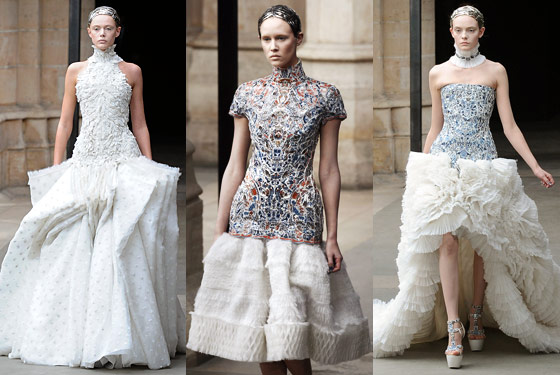Today we had a session studying some textile samples. We had a list of questions that we had to answer simply by observing the samples.
What do you see?
Is the piece textured?
Do you like it and why?
How does it make you feel?
Why does it make you feel this way?
Does it have a meaning? What?
Do you think the piece has a title?
Is colour used? How? Why? Is it effective?
Does it contain pattern, shape and form?
Is their a narrative?
Does it evoke a story/memories?
What techniques, processes and materials have been used?
After we had answered these questions we then were allowed to reassess whilst able to touch the samples.
The whole purpose of the exercise was to encourage us to;
Look
Select/See
Deepen
This is a way of me improving my writing skills both in relation to my own work and when researching others. I will use these questions as a template for future reference. They prompt me to write what I am actually thinking. My tutor also pointed out that it may be helpful to use a poem or a quote that reminds me of the work when I'm not in front of it.
Since her appointment, Burton has produced acclaimed collections with a focus on handcraft, establishing herself as an accomplished designer with artisan and technical excellence which is what I admire.

Butterfly details from the 2011 Collection

Mosaic effect bodices with pin-tucks/ ruffles and pleats to the skirt part

Thousands of feathers and couched metal work adorn this beautiful gown














































